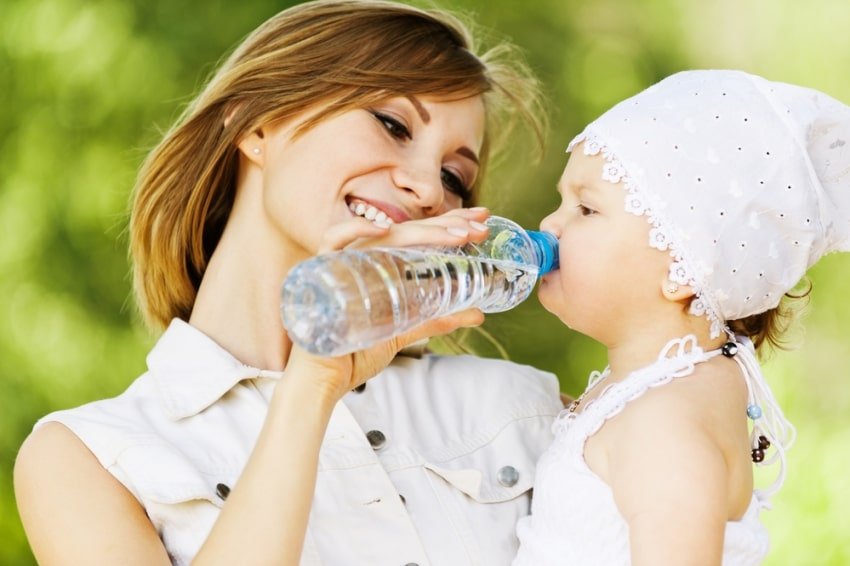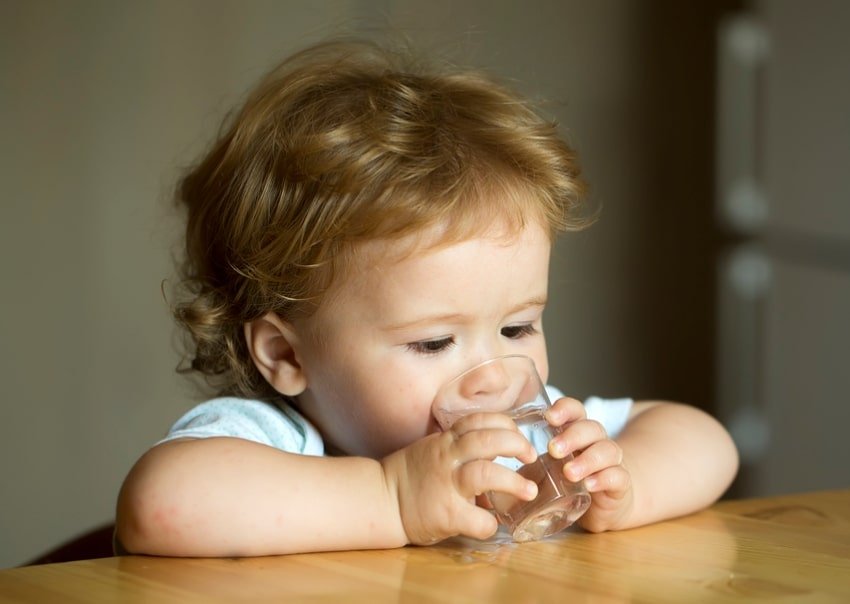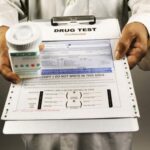Pedialyte is a popular oral electrolyte solution that can help prevent or reverse dehydration. It’s effective for children and adults, but what about babies? How much Pedialyte should a 6-month-old have, for instance? It’s somewhere between 2 ounces and 10 ounces per hour, depending on several factors.
The answer isn’t always clear-cut, so it’s important to seek medical advice beforehand. However, we did some research into it so that you can consider your options.
Infants and Pedialyte
Although Pedialyte is mostly geared toward children, you can still give it your baby. Before you do that, be sure to speak to your doctor about proper use, as it may differ.
Also, it is important to note that you don’t forgo their other food in the meantime. Babies still need vital nutrients, so if you are giving your 6-month-old Pedialyte, give it to them alongside their formula or breast milk.
With that said, let’s check out some basic information concerning Pedialyte and your baby.
Weight and Dosage
When it comes to dosing amounts, it is based on a combination of weight and age. Once a child surpasses the one-year-old mark, you can follow instructions on the Pedialyte bottle. Concerning babies, how much you should give them is based on their size.
Pediatricians recommend various dosing amounts per hour depending on their weight:
- At 10 pounds, it’s safe for a baby to receive 4 Tbsp (2 oz.) of liquid every hour.
- By 15 pounds, babies can receive dosing of 6 Tbsp (2-1/2 oz.) of liquid per hour.
- A 20-pound-baby may comfortably take in ½ of a large glass (3-1/2 oz.) of liquid hourly.
- By 40 pounds, your baby may handle a large glass of liquid (6-1/2 oz.) on the hour.
- At 60 pounds, a baby should have at minimum 1-1/2 of a large glass (10 oz.) every hour.
When you examine these recommendations alongside your baby’s weight, you should have a better idea of how much Pedialyte is safe for them.
So, if your baby is on track with their weight, a six-month-old should be anywhere around 14 – 18 pounds. This allows you to administer around 6 Tbsp or 2 – 1/2 oz. of Pedialyte every hour.
Of course, this is all based on whether or not your baby is successfully keeping liquids down. If not, it may be better to gradually work the baby up to the recommended dose every hour.
View in gallery
When Do Infants Need Pedialyte?
We will reiterate that because a six-month-old is still taking in formula or breast milk, do not substitute them for Pedialyte, and instead, offer the liquid alongside them.
With that said, Pedialyte should only be considered a valid option for treating or preventing dehydration so that your baby doesn’t require hospitalization.
Pediatricians will generally recommend you giving babies this liquid right when they begin vomiting or having diarrhea.
Signs to Look For
Although it is wise to start on Pedialyte if your baby has been experiencing diarrhea or vomiting as it can prevent dehydration before it begins, perhaps your child isn’t showing any of those signs. That doesn’t mean they are not already dehydrated.
Thankfully, there are additional signs of dehydration you should keep an eye out for.
Activity Level
One of the significant signs of dehydration is a lack of energy.
By 6-months-old, your baby is steadily becoming more active even if they aren’t crawling. They may sit up, roll over from their back to their bellies, and vice versa, and they are even babbling in their way of communicating with you.
So, if your baby seems more sluggish, less willing to play or move around, that is a major indicator that something is wrong. Dehydration can be a leading cause since our bodies need liquids to function properly. Without it, our energy can rapidly deplete.
Urination and Bowel Movements
If your baby isn’t getting in the right amount of fluids, you may be able to notice it during diaper changes.
Your 6-month-old should have developed a larger bladder, so it’s normal for them to reduce their urination frequency. However, they still should be going to the bathroom about every four to six hours.
If you have noticed they have a dry diaper after this timeframe, consider that they may not have enough liquid to urinate.
Also, keep an eye on their bowel movements. There’s already a difference between formula-fed babies and breastfed babies as formula-fed babies usually have a firmer stool.
Beyond that, if your baby’s stool is watery or too frequent, those are clear signs of diarrhea, leading to dehydration. If that’s not the case, the stool might be too hard or too dry. This is also a sign that your baby might be dehydrated.
View in gallery
Physical Characteristics
Some noticeable changes in your baby’s features can also indicate dehydration. One of those is a dry mouth. If their lips and mouth appear dry, then they may not have enough liquid to produce saliva.
Also, take a look at their face and head. At six-months-old, babies still have that soft spot on their head. Check to see whether it has sunken in or examine their eyes to see they have sunken in. These are signs doctors look out for when checking for dehydration.
Severe Symptoms
Of course, you always want to look out for more severe signs of dehydration. This includes obvious sunken eyes, fussiness with no relief, wrinkling or discoloration of the skin, and even cold hands and feet.
If any of these occur, Pedialyte may not work, and instead, you should contact or see a doctor immediately.
Final Thoughts
Pedialyte is a great way to treat and prevent dehydration in your baby, but before you give them any dose, consider their weight range and go from there.
At six-months-old, your baby can generally tolerate about six tablespoons of Pedialyte per hour as long as they can keep liquids down.
Keep an eye out on other signs of dehydration, and watch for severe symptoms that may indicate a larger problem. No matter the situation, always check in with your pediatrician before you begin a regiment of Pedialyte.
Medical Disclaimer. All content and media on the MomInformed Website is created and published online for informational purposes only. It is not intended to be a substitute for professional medical advice and should not be relied on as health or personal advice.






